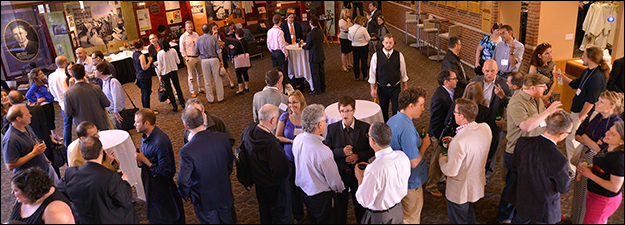Illustration, Complication, Contradiction: Dialogue between Word and Image
Sponsoring Organization(s)
Schoenberg Institute for Manuscript Studies
Organizer Name
Shana E. Thompson
Organizer Affiliation
Tarrant County College
Presider Name
Shana E. Thompson
Paper Title 1
Interpretive Spaces: Opening the Medieval Manuscript using Comic Book Theory
Presenter 1 Name
Jesse D. Hurlbut
Presenter 1 Affiliation
Medieval and Renaissance Drama Society
Paper Title 2
"O Lord, make haste to help me": The Complex Interplay of Image and Text in Early Medieval Manuscripts
Presenter 2 Name
William F. Endres
Presenter 2 Affiliation
Univ. of Kentucky
Paper Title 3
History Mapped: Reading and Visualizing the World in Medieval Britain
Presenter 3 Name
Meagan Loftin
Presenter 3 Affiliation
Univ. of Washington-Seattle
Paper Title 4
Conflating Forest and Desert in the Spiritual Landscape: Text and Image in The Desert of Religion
Presenter 4 Name
Elizabeth Melick
Presenter 4 Affiliation
Kent State Univ.
Start Date
14-5-2015 7:30 PM
Session Location
Schneider 1130
Description
This session seeks to explore and expand our comprehension of the ways in which images interacted with the written and spoken word. How do the illuminations of a manuscript support, challenge, complicate, or interpret the message and ideology of their related text? Do the images reference other writings or events that may shape a reader’s interpretation of the text? How is the placement of imagery significant in understanding the text and the function of its images? How might illuminations function for an audience when the text is read aloud, as they often were in medieval Europe? Moving beyond the flat page, how does the structure or decoration of a medieval church relate to its liturgy or to the writings of its leading clergymen? How does the architecture shape or alter the experience of the liturgy within that space? How might life within such a space, as in monastic communities, shape what was written by its residents? Moreover, the enduring nature of the written word and the carved or painted image imparts a temporal component to this dialogue. The images we have today survived for hundreds of years, so we can expect that many of the earlier medieval artworks that still exist would have been seen by later medieval viewers. Did viewing such imagery inspire or shape what was written by later authors? How might earlier images have then been interpreted in light of later texts? How did artists, perhaps at the behest of their patrons, depict historical texts in ways that responded to contemporary issues? How did these visual interpretations influence the viewer’s understanding of the related text? With these questions in mind, this session includes both case studies and broader theoretical examinations of the dialogue between word and image in the medieval period.
Shana E. Thompson
Illustration, Complication, Contradiction: Dialogue between Word and Image
Schneider 1130
This session seeks to explore and expand our comprehension of the ways in which images interacted with the written and spoken word. How do the illuminations of a manuscript support, challenge, complicate, or interpret the message and ideology of their related text? Do the images reference other writings or events that may shape a reader’s interpretation of the text? How is the placement of imagery significant in understanding the text and the function of its images? How might illuminations function for an audience when the text is read aloud, as they often were in medieval Europe? Moving beyond the flat page, how does the structure or decoration of a medieval church relate to its liturgy or to the writings of its leading clergymen? How does the architecture shape or alter the experience of the liturgy within that space? How might life within such a space, as in monastic communities, shape what was written by its residents? Moreover, the enduring nature of the written word and the carved or painted image imparts a temporal component to this dialogue. The images we have today survived for hundreds of years, so we can expect that many of the earlier medieval artworks that still exist would have been seen by later medieval viewers. Did viewing such imagery inspire or shape what was written by later authors? How might earlier images have then been interpreted in light of later texts? How did artists, perhaps at the behest of their patrons, depict historical texts in ways that responded to contemporary issues? How did these visual interpretations influence the viewer’s understanding of the related text? With these questions in mind, this session includes both case studies and broader theoretical examinations of the dialogue between word and image in the medieval period.
Shana E. Thompson


